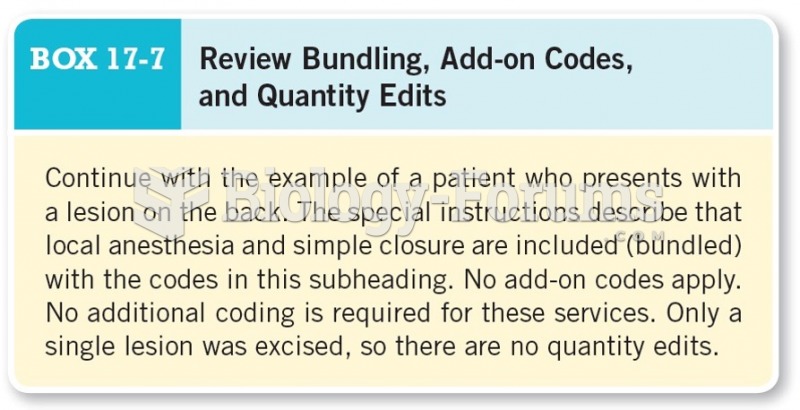Answer to Question 11. A Rutgers University freshman named Tyler Clementi committed suicide by jumping off
the George Washington Bridge after his roommate, Dharun Ravi, secretly broadcast via
a spycam Clementi kissing another man. Ravi was convicted of bias intimidation and
violation of privacy. Broadcasting video images can be considered speech as we
understand it today. Commentators characterized this as hate speech as it conveyed
homophobic ridicule of Clementi. Should behavior such as Ravi's be punished, whether
by the University or the state government? Is Ravi's behavior ethically defensible as an
exercise of free speech? Develop ethical arguments in support of and against Ravi's
behavior.
2. A professor at California State University, Long Beach, named Kevin B. MacDonald was
hired by the psychology department in 1985, tenured, and later promoted to full
professor in 1995. But also in the 1990s, he shifted his research agenda to development
of a justification of anti-Semitism derived from evolutionary psychology. Thoroughly
investigated over the years by the Southern Poverty Law Center, MacDonald has
published work prized by neo-Nazis. He testified on behalf of David Irving, a well-known
Holocaust denier, and has long had associations with white supremacist groups. His
personal website is filled with anti-Semitism and racism. The University administration
has consistently, when asked, said that it disapproves of his statements, but defends his
right to academic freedom, which is a variant of freedom of expression. His home
university department in psychology passed resolutions in recent years that condemned
the misuse of academic research by groups that promote racial/ethnic superiority and/or
racial/ethnic hatred while also reaffirming the importance of academic freedom. If you
were the university president, what steps would you take in response to complaints
about his work? Should faculty members be entitled to engage in what would be
considered hate speech by others? Should students at a university have the same free
speech rights? Frame your conclusions in terms of the ethical considerations of both free
speech and hate speech.
3. Does your college or university have a policy against hate speech? Has it been
challenged, that you know of, as a violation of student free speech? Evaluate the policy
according to ethical principles of freedom of expression.
Answer to Question 21. New York City passed, at Mayor Bloomberg's insistence, the Smoke Free Air Act of
2002, which banned smoking in almost all city restaurants and bars. In recent years, the
ban has been extended to all city parks. The goal is to reduce not only the incidence of
smoking among residents, but also the risks of second-hand smoke to others. These
stringent rules have been copied by many cities and states around the country, including
twenty-seven states and over three thousand cities. Does your city or state have a
smoking ban similar to New York's? Is this an appropriate role for government? Do you
consider this a victimless crime? Is the regulation justified?
2. In 2006, again at the urging of Mayor Bloomberg, restaurants were banned from using
transfat, a type of vegetable oil which is known to raise cholesterol levels, although it
makes food less likely to spoil. Although several cities and states have copied this ban,
data are not yet available to determine whether it has been effective in reducing
cholesterol levels. Does your city or state have a transfat ban modeled after New
York's? Is eating transfat a victimless crime? Is this an appropriate role for government?
3. Since 2006, also at the urging of the Mayor, New York City chain restaurants are
required to post the calorie counts of their menu items. Several cities have copied the
New York requirement. Several studies have been done to see if the requirement has
changed people's purchasing practices and, in turn, a tendency to gain excess weight,
but no conclusive results have been identified to date. Does your city or state have a
calorie count requirement modeled after New York's? Is eating food with too many
calories a victimless crime? Is this an appropriate role for government?
4. In 2009, New York City started a National Salt Reduction Initiative. Although an effort to
regulate the salt content of food was rejected, the City government has aggressively
lobbied food manufacturers and restaurants to reduce salt content. It is hoped that this
will reduce heart disease among residents, but no studies have yet been completed to
demonstrate whether this Initiative is effective. Is eating too much salt a victimless
crime? Even though this is only a recommendation, not a mandatory law, is this an
appropriate role for government?
5. In 2012, Mayor Bloomberg urged that the sale of sugary drinks in containers larger than
sixteen ounces be banned and the regulation was approved by the New York City Board
of Health. The ban goes into effect in March 2013. The City cites statistics that 5,000
New Yorkers die each year from obesity, diabetes, and weight-related illnesses, and it is
hoped that this reduction in sugary drinks will help address this problem. Is your city or
state considering a similar ban on sugary drinks in large sizes? Is obesity a victimless
crime? Is this an appropriate role for government?







